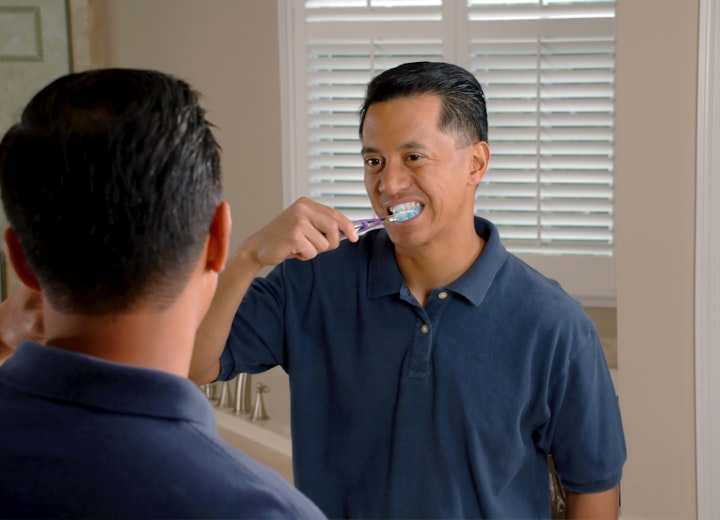Nature has worked wonderfully well, creating a unique human body, where everything is thought out with amazing precision and permeated with wisdom. Even teeth differ from each other in the same way as fingers on a hand. Each of them has its own function and has a special structure.
Teeth are the strongest formations in the body. There can be from 28 to 32 pieces. Much depends on them: from the quality of digestion to diction. Anatomically, each tooth should take its proper place in the jaw, perform the assigned tasks and not interfere

Tooth to tooth strife
Nature has worked wonderfully well, creating a unique human body, where everything is thought out with amazing precision and permeated with wisdom. Even teeth differ from each other in the same way as fingers on a hand. Each of them has its own function and has a special structure.
Teeth are the strongest formations in the body. There can be from 28 to 32 pieces. Much depends on them: from the quality of digestion to diction. Anatomically, each tooth should take its proper place in the jaw, perform the assigned tasks and not interfere with the "neighbors". The types of teeth differ depending on the structure and functions they perform.
Incisors
They are located in the very center of the jaw - 4 pieces each above and below. Even from the name it is clear that the function of these teeth is associated with cutting food. Therefore, they have a flat crown and a sharp incisal edge. The load on these teeth is not very large, they have only one root. When replacing milk teeth with permanent ones, they appear with a bumpy edge, similar to a file, which wears out with age. The incisors of the upper jaw are always larger than the lower ones.
Fangs
They are located on the sides of the incisors and have a wedge-shaped pointed shape - "spear teeth", of which there are only 4 pieces. They are more powerful and similar in structure to the teeth of predators. Juicy carrots or fried steak without fangs are not easy to cope with - they help bite off solid fragments of food.
Premolars
Immediately behind the canines are the small molars, they are also premolars. There are 8 of them, like incisors. The task of these teeth is to thoroughly grind and grind food. That is why they are so large (in the upper premolars there are even two roots instead of one), with a wide lateral surface with special tubercles.
Molars
These are the largest teeth and are sometimes called the back or back teeth. Can be from 8 to 12 pieces. Third molars - "wisdom teeth", which appear only after 14-25 years. For many, they remain impacted all their lives - hidden under the gum and do not take part in the formation of the bite. Molars can have 2-3, sometimes even 4 roots.
If a person has more than 32 teeth, he is among 2-5% of people with supernumerary teeth. The reason for their appearance is heredity or pathologies of intrauterine development. Orthodontists usually recommend removing "extra" teeth if they do not fit into the dentition. But sometimes teeth are missing. There are cases when there is a tooth in the "milk" set, but absent in the permanent one, that is, the temporary tooth falls out, but the permanent one does not appear. To make sure everything is in order, a consultation with a pediatric orthodontist is recommended during the teething of the first teeth, at the age of 3 and at the age of 6.
But a pediatric dentist should be visited much more often - at least once every 4 months. The enamel of children's teeth is 5 times thinner than an adult, so caries develops rapidly. In order to have time to detect the problem and save the tooth in time, it is better not to postpone the next visit to the doctor. Adults are recommended to visit the dentist at least once every six months with mandatory professional oral hygiene.
Regardless of the type and structure, each tooth needs proper and careful care in order to fulfill the tasks assigned to it for many years. To do this, you will need an arsenal of special tools.
An electric or mechanical toothbrush of suitable hardness. Be sure to change your toothbrush or brush head once every 3 months, or more often if the bristles are worn out, and after every infectious disease.
- Toothpaste with fluoride that protects against caries.
- Mouthwash for added antibacterial protection.
- Dental floss for daily cleaning.
- Irrigator as prescribed by a doctor.
- Professional toothpastes that strengthen tooth enamel, gels - course use, if necessary.
Smile into all 32 healthy teeth!






Comments
There are no comments for this story
Be the first to respond and start the conversation.